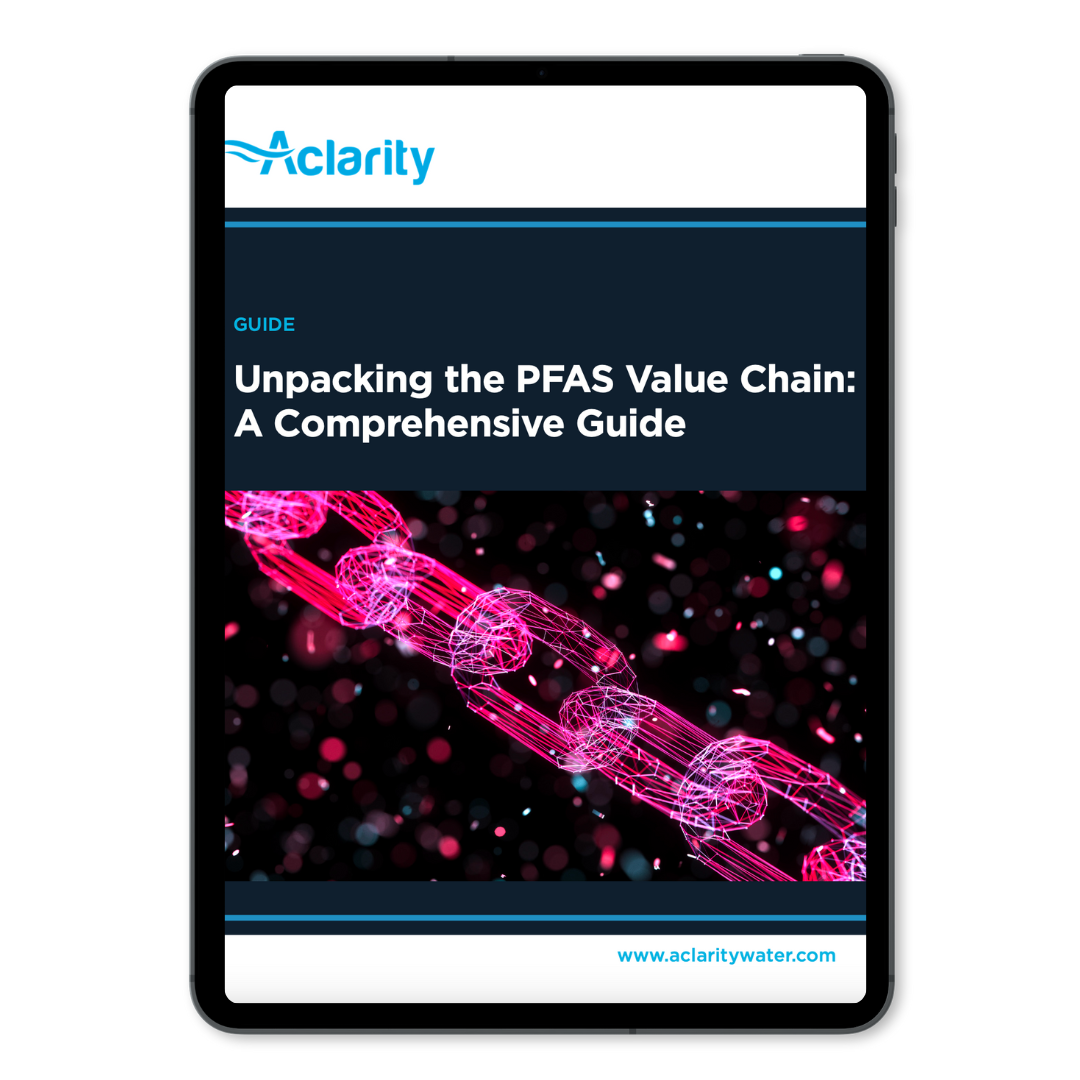PFAS: What's Next? An Overview from WasteExpo
June 24, 2024 | 5 minute read

At the 2024 WasteExpo, a leading solid waste, recycling and organics event, industry leaders gathered for a powerful session titled "PFAS: What's Next?". Now that we know what PFAS is, the focus needs to shift to what’s next for the waste and recycling industry in dealing with it.
This insightful panel featured experts like Anne Germain from the NWRA, Lynsey Baer, from the Delaware Solid Waste Authority, Dr. Brian Staley, President of EREF, Jenny Johnson, of LaBella Associates, and Sam Nicolai of Casella Waste Systems. They took a deep dive into the evolving landscape of PFAS regulations and technologies and how the waste sector will change over the next 5-10 years because of PFAS.
Federal and State Regulations
Jenny Johnson kicked off the discussion by highlighting the recent federal regulations impacting landfills. "The EPA has established drinking water standards for six PFAS compounds, which will eventually lead to limits on wastewater treatment and impact leachate disposal," she explained. There are major concerns about the designation of PFOA and PFOS as hazardous substances because it introduces retroactive liability for contamination. This means that past compliance doesn't shield the waste and recycling industry from future liability.
She emphasized the importance of staying informed about the EPA’s interim destruction and disposal guidance. "It's currently in a 180-day comment period. While it’s not yet a requirement, it’s essential reading for engineers," she advised.
On the state level, regulations vary widely. Sam Nicolai noted, "Some states, particularly in the Northeast and Upper Midwest, have their own drinking water and groundwater standards. This patchwork of regulations complicates compliance, especially for operators in multiple states."
Scientific and Operational Challenges
Dr. Brian Staley shed light on the state of PFAS science at the event and suggested a series of questions for the waste industry to be asking itself. "One critical question is the potential health implications at environmentally relevant concentrations," he said, highlighting the gap in understanding low-level PFAS exposures. He also focused on detection issues and the lack of science overall in developing policy. He also thinks there are bigger questions to answer, including:
- What’s going into a landfill?
- What’s going into a Materials Recovery Facilities (MRF) or composting facility?
- How can you properly quantify that?
- What does it mean for the management of those facilities?
Lindsay Bear addressed the impracticality of landfills stopping PFAS-contaminated material acceptance entirely. "Restricting waste, especially from large sources like military bases, would be operationally challenging and could push waste to the few hazardous waste landfills, increasing costs and logistical issues."

Unpacking the PFAS Value Chain: A Comprehensive Guide
Explore the intricate world of PFAS with this full guide for insights on:
- Regulatory Updates
- Environmental Impacts
- Technological Solutions
Treatment Technologies and Costs
Companies are still determining how these new regulations will impact their budgets and daily operations, while treatment technologies for PFAS continue to evolve.
Dr. Staley mentioned that technologies are certainly progressing and the costs range, which could significantly impact tipping fees. He also said that more so than ever, wastewater treatment plants, and landfills have been at the forefront of treatment and he thinks these facilities will catch up. Although he strongly believes that the industry needs to do the remediation, it’s also imperative that we need to stop making and using contaminated materials.
Johnson compared the upcoming PFAS regulations to the past implementation of Subpart D, which mandated landfill liners. "While the costs are substantial, the phased approach of PFAS regulations may ease the transition. Large waste companies are investing in treatment processes, which will ultimately benefit the entire industry."
The Role of Companies Like Aclarity
As regulations tighten and treatment technologies advance, companies must adapt to manage PFAS effectively. This is where innovative solutions like those offered by Aclarity become invaluable. Aclarity specializes in cutting-edge PFAS solutions and several other PFAS management offerings, that not only comply with current regulations but also prepare businesses for future standards. By incorporating Aclarity's solutions, companies can ensure they stay ahead of regulatory requirements and mitigate the rising costs associated with PFAS management.
Legacy techniques such as the combination of removal and disposal of PFAS, tend to just move the problem around, wasting more resources along the way. As Aclarity and many others promote, the industry will need to move towards modern methods that truly end the PFAS cycle with destruction.
The WasteExpo session on what’s next for PFAS management underscored the complex and evolving nature of PFAS management. With federal and state regulations on the rise, scientific understanding still developing, and significant operational challenges ahead, staying informed and proactive is a necessity. Companies like Aclarity are pivotal in helping the industry navigate this challenge, offering advanced solutions to meet regulatory demands and protect public health and the environment.
Nature is better off without PFAS. And so is your business.

The future of waste management starts now. Destruction beats disposal so we created an on-site solution that puts an end to PFAS for good. When our EOx process meets forever chemicals, the environment is not the only winner. Get a free evaluation for your PFAS destruction needs today.

